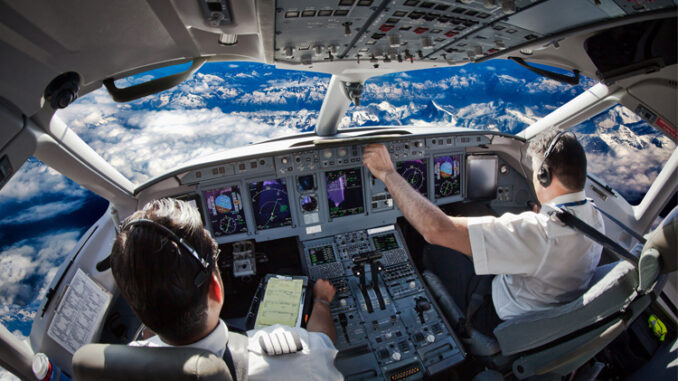
“Ladies and gentlemen, the captain has turned on the fasten seatbelts sign. Please take your seats. We are experiencing some turbulence.” Hearing this on your flight might be alarming, but a recent study shows that it is becoming more common.
Turbulence is the chaotic movement of air. If you are on an airplane that is experiencing turbulence, you might feel the plane start to shake. The ride suddenly gets bumpier. It makes it difficult to move around the cabin and could even cause drinks to spill.
Turbulence is caused by air that is changing speed and direction. This happens when mountains, storms, winds, or even tall buildings disrupt the flow of air. Experiencing some turbulence on a flight is rather common.
Pilots often try to avoid turbulence, especially if it is caused by thunderstorms. But some turbulence is unexpected and cannot be avoided. Clear-air turbulence occurs when two air masses meet that are moving at different speeds. In a recent study, scientists found that clear-air turbulence has increased in some areas over the last 40 years. They attribute the increase to changing weather patterns as a result of climate change.
The results of this study are concerning because it shows an unexpected result of climate change. The increase in clear-air turbulence itself is no cause for concern. Pilots are trained to fly through turbulence and the chances of injury are low. And as we understand more about clear-air turbulence, pilots are better able to avoid it. If you do experience turbulence during a flight, follow instructions. Sit down, buckle up, and secure your loose items.
What Can You Do? How can you be prepared for clear-air turbulence on a flight?
Photo Credit: Skycolors/Shutterstock



